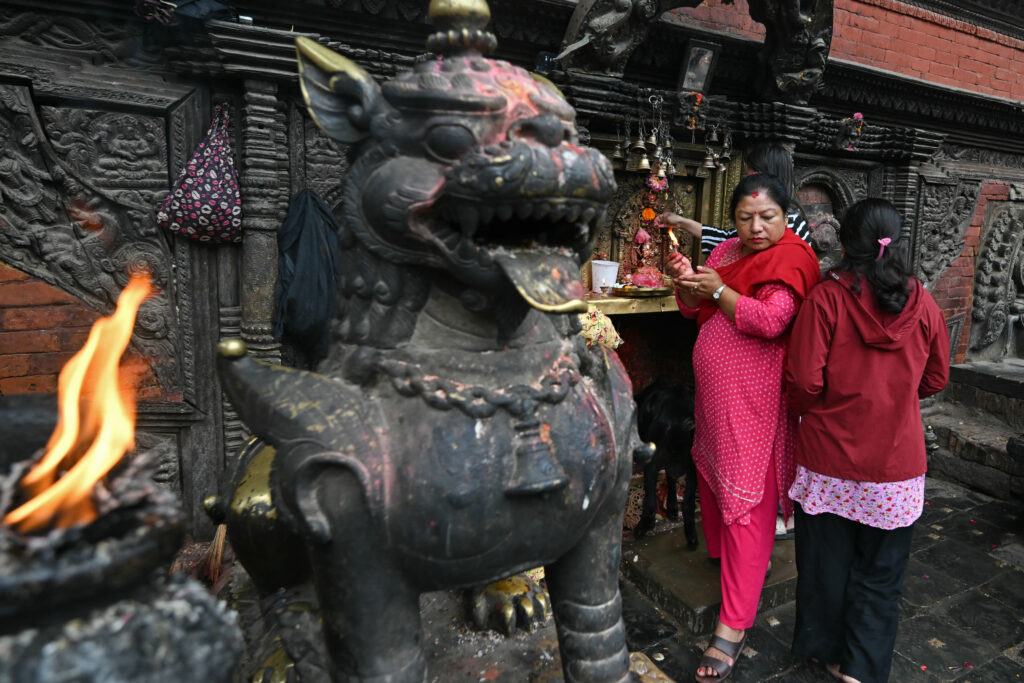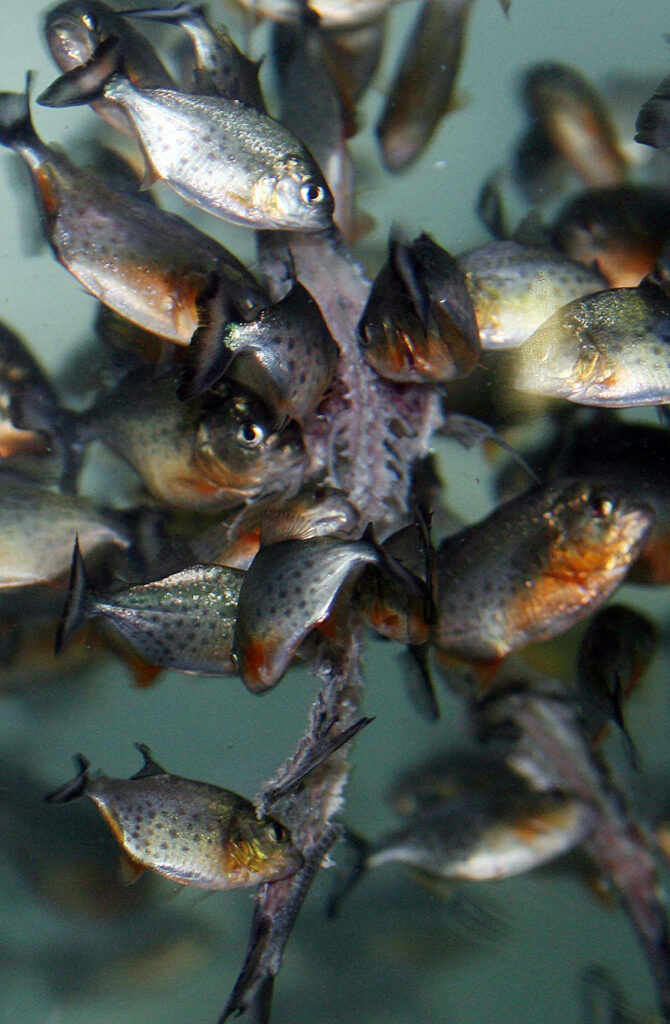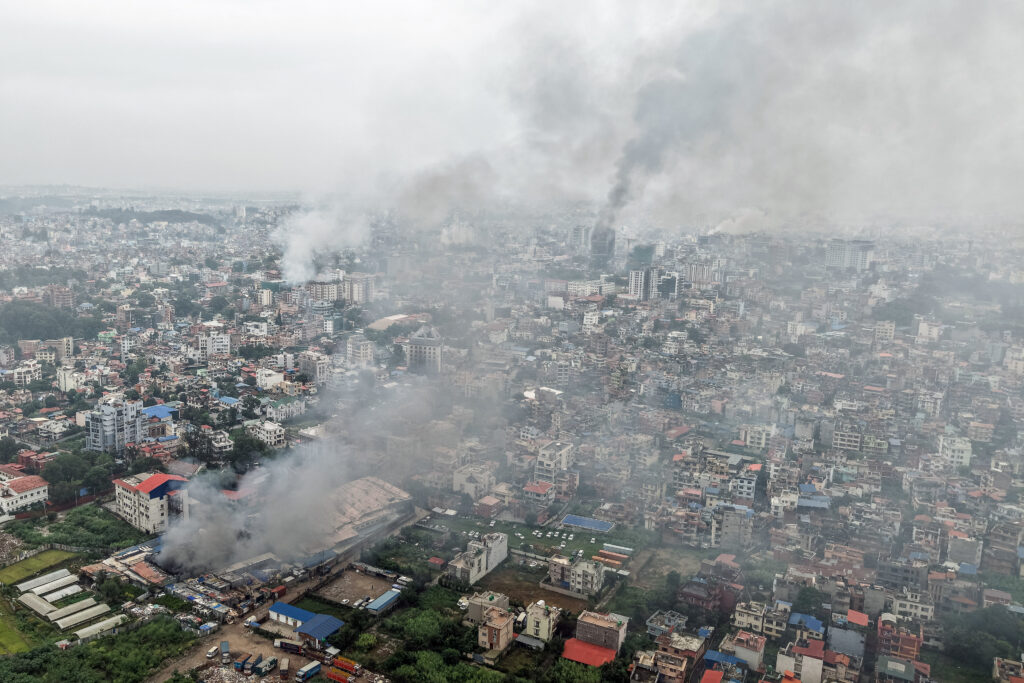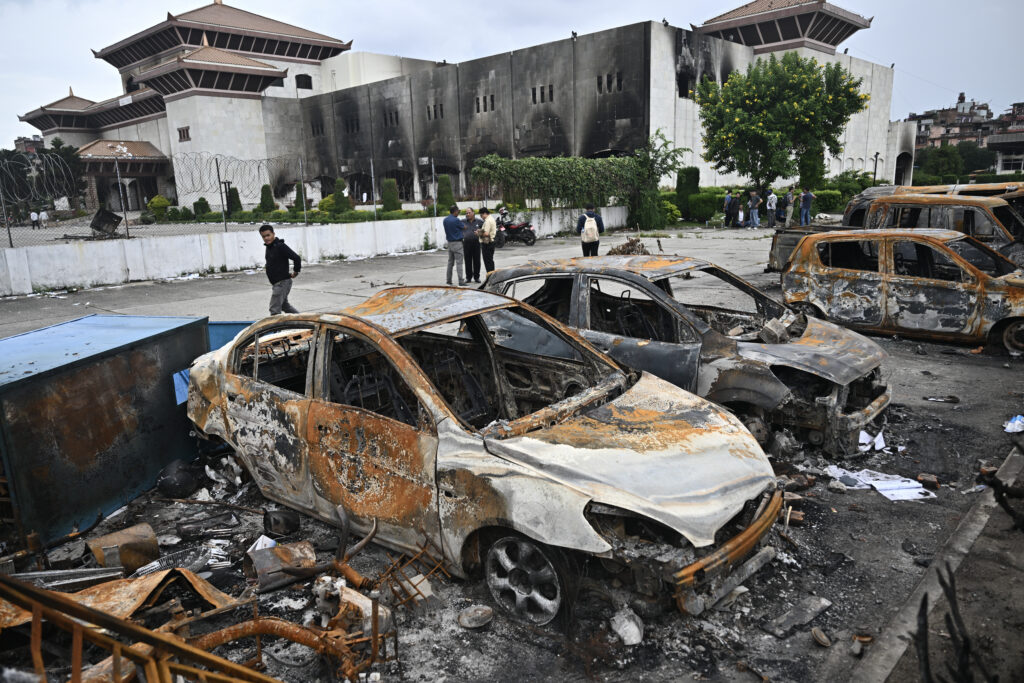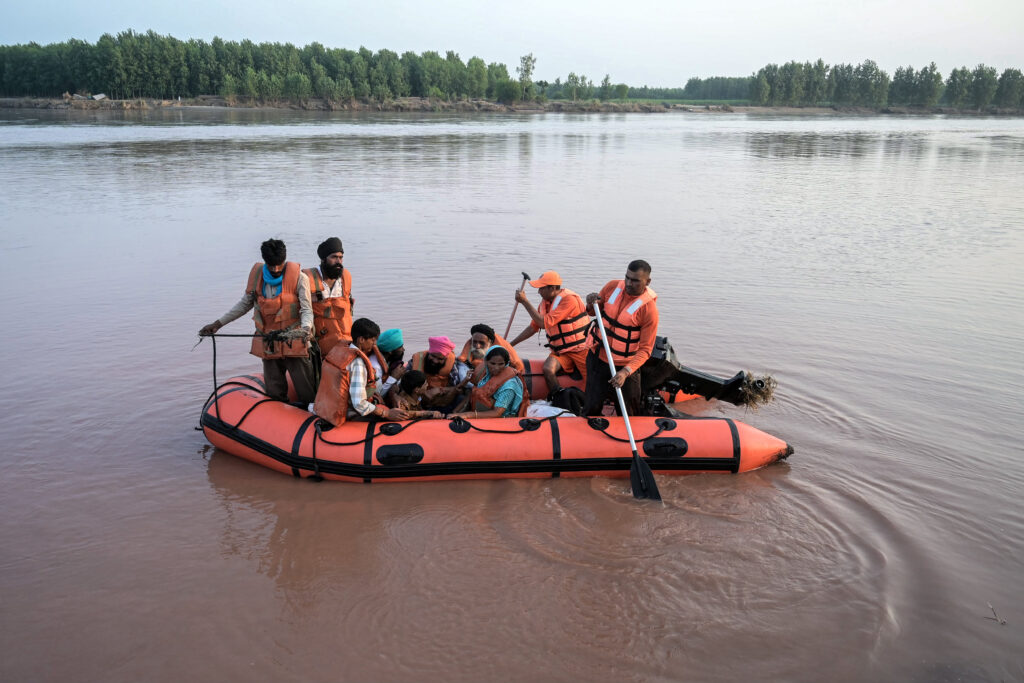India’s gaming fans eye illegal sites after gambling ban
India’s ban on online gambling has shuttered a billion-dollar industry serving hundreds of millions of people and torpedoed the sponsorship of the national cricket team.But players say those determined to bet will find a way to access overseas and unregulated websites while fans of fantasy sport apps can still play, although for prizes and not cash.Adarsh Sharma, an advertising professional who regularly played fantasy sports games, said offshore sites will “see a sudden boom” as Indian gamblers look for a fix.”A habit once formed cannot be broken easily,” he said. “It is an addiction and people will find ways to gamble.”India’s parliament last month passed a sweeping law banning online gambling after government figures showed companies had stripped $2.3 billion annually from 450 million people.Officials said the rapid spread of the platforms caused widespread financial distress, addiction and suicide, while also being linked to fraud, money laundering and financing terrorism.The law has been challenged in court by a top online card games platform.The ban impacts websites and apps for card games and fantasy sports — including India’s wildly popular fantasy cricket — with offenders now facing up to five years in prison.India’s online gamblers will have to use virtual private networks (VPNs) to trick overseas websites into thinking they are not in the country, and also use proxy credit cards for placing a bet.The whole process may seem too cumbersome for an average internet user, but gamblers know how to dodge the rules.”We have done this before and will do it again,” one fan told AFP, asking not to be named. “We will go back to our old ways of making money.”- ‘Love of cricket’ -Technology minister Ashwini Vaishnaw said the law separates still-legal eSports “from betting, gambling and fantasy money games that exploit users with false promises of profit”.Dream11 — which boasts of being the world’s largest fantasy sports platform, with 260 million users — posted notices that “cash games and contests have been discontinued”.It now offers prizes such as cars, phones and fridges instead.Dream11 also pulled out of a $43 million deal with the Board of Control for Cricket in India (BCCI), with its logo no longer splashed on the jerseys of the Indian players.Jamshed Noor, a butcher in the capital Delhi, said his top win had been 600 rupees (about $7), a day’s wage for a labourer.”We play it for the love of cricket,” said Noor. “Money was definitely an attraction, but I still play, despite money being off the table now.”The law will also shake up the wider sporting industry, including the hugely lucrative Indian Premier League (IPL) cricket competition.”Fantasy platforms are the most aggressive advertisers in IPL and world cricket,” Karan Taurani from Elara Capital said, adding that they would now likely explore the overseas market.Santosh N, of D and P Advisory, estimated that fantasy sports and crypto platforms accounted for up to 40 percent of the advertisement IPL broadcasters earned this year.”The fantasy guys will obviously reduce their ad spends because their business model is at stake — or actually destroyed due to the ban,” Santosh told AFP.That will impact the revenue of the broadcasters, meaning less cash for the league.”When the time comes for the BCCI to renew media rights in 2027, it could very well see a lower renewal premium because broadcasters can’t afford to pay that much anymore,” he said.

